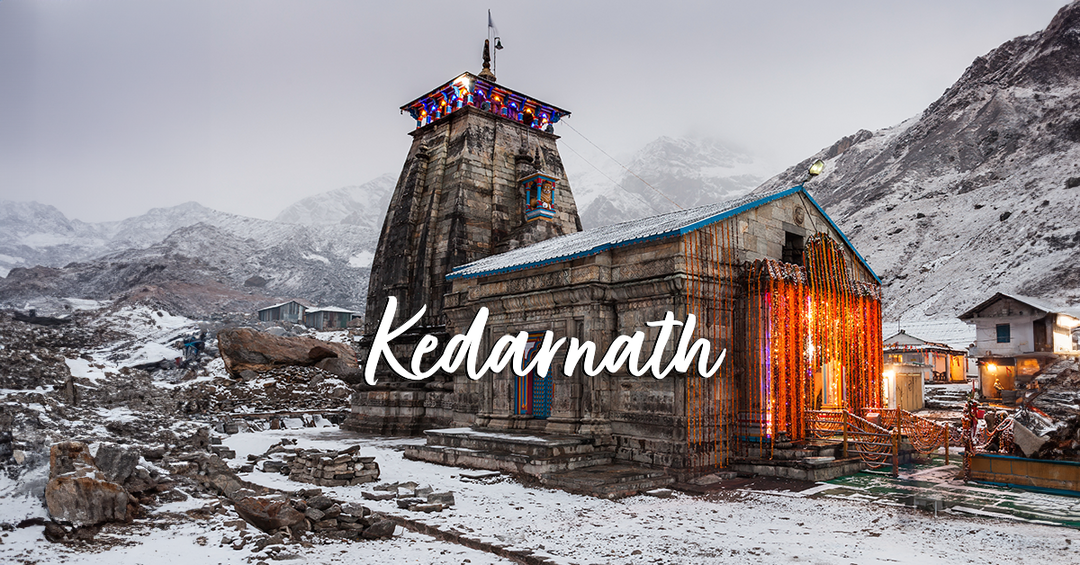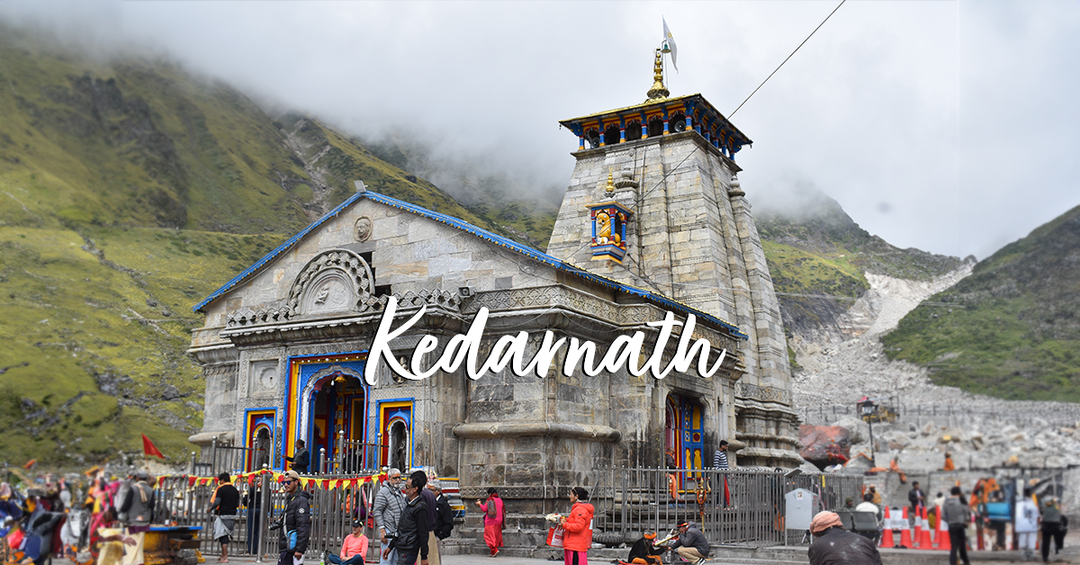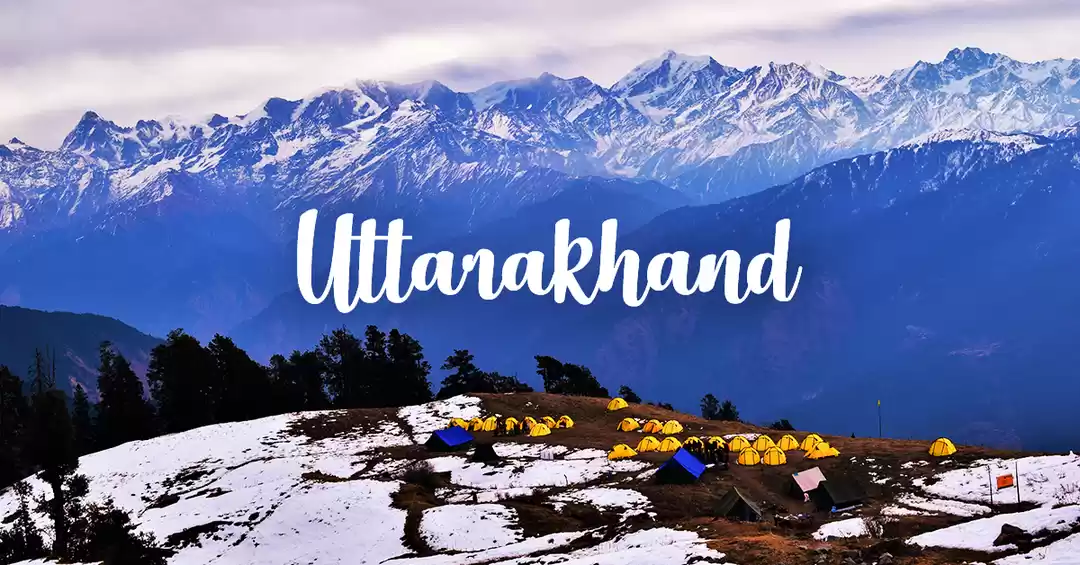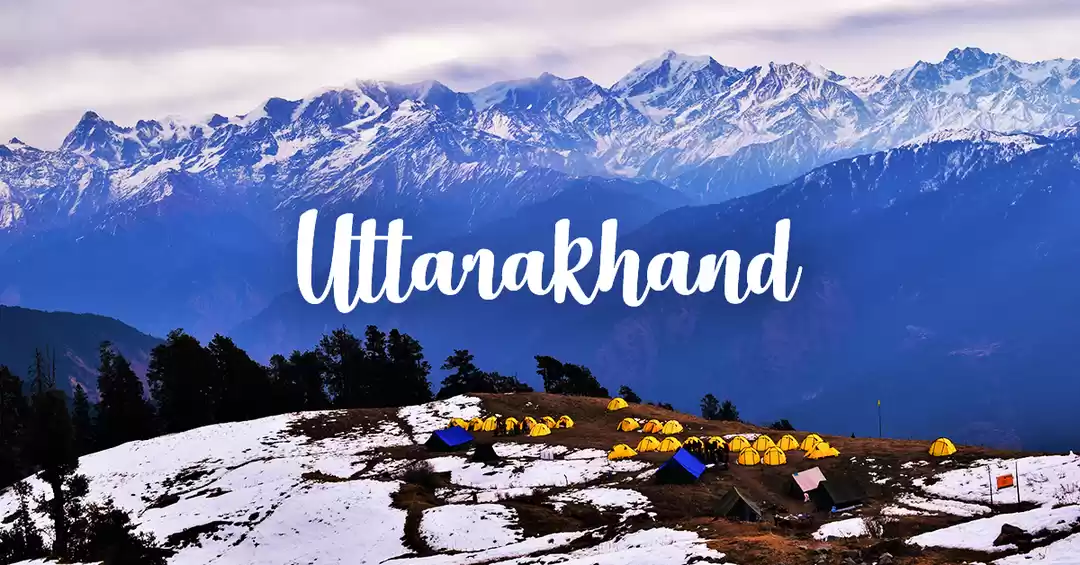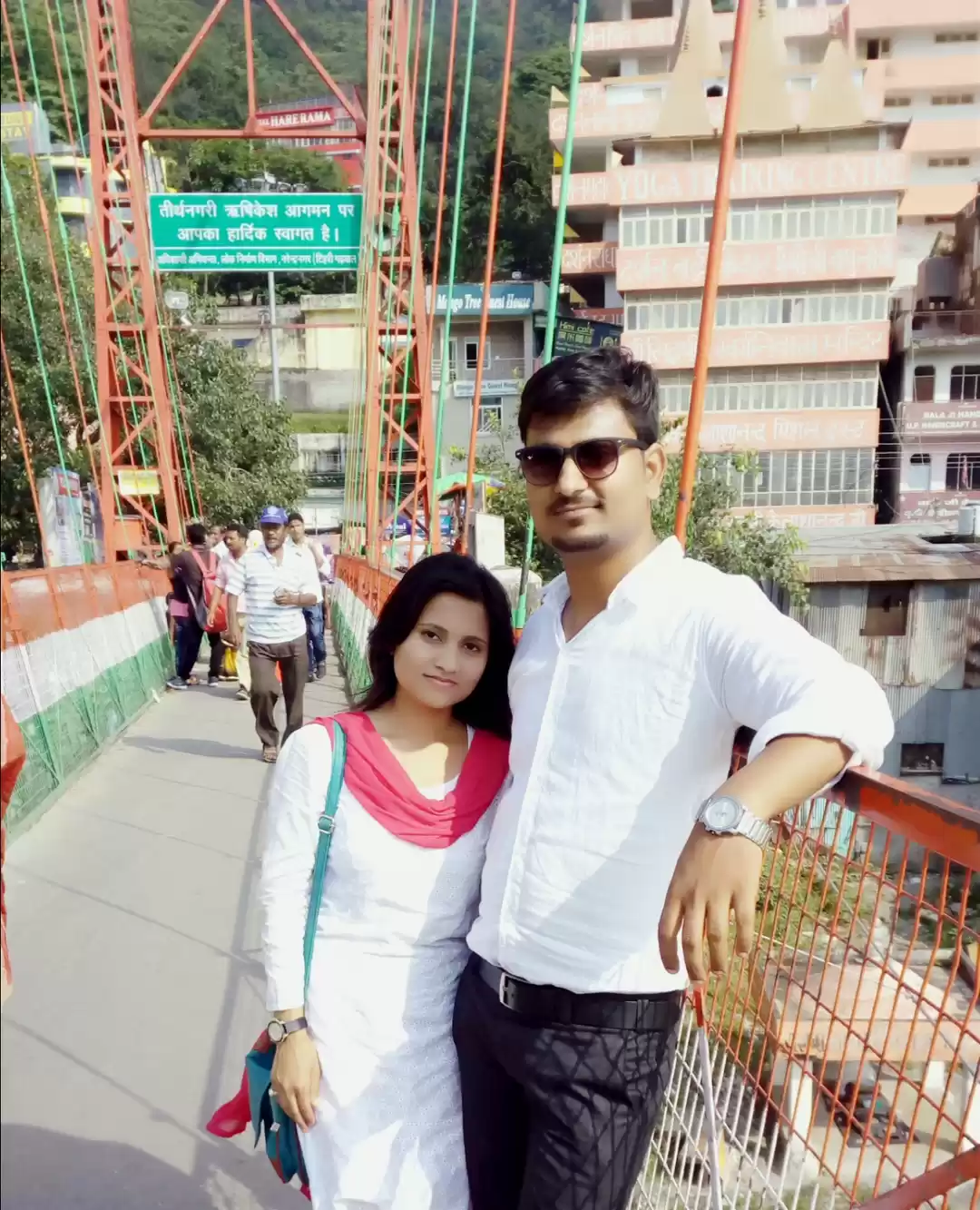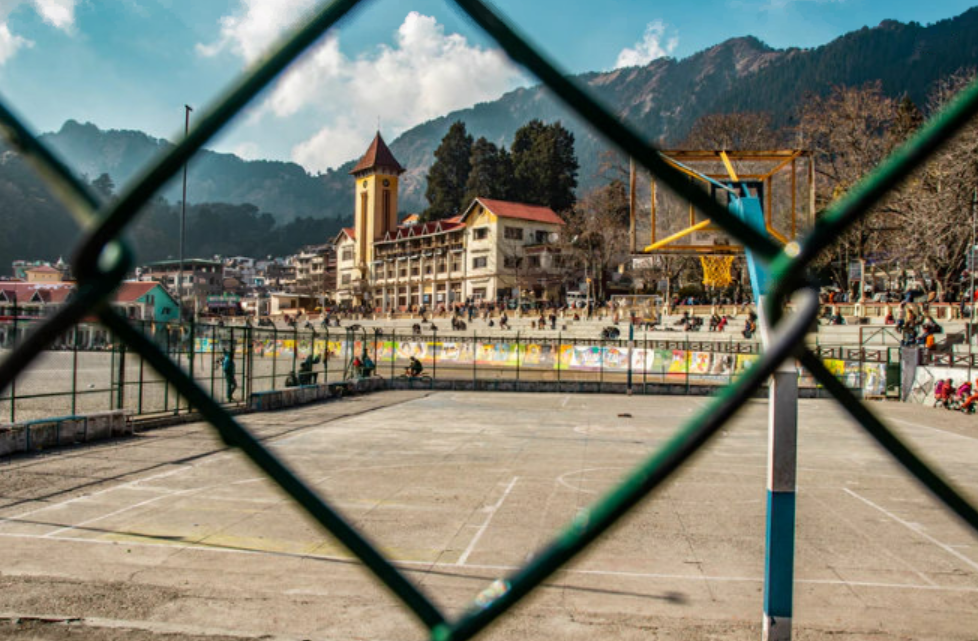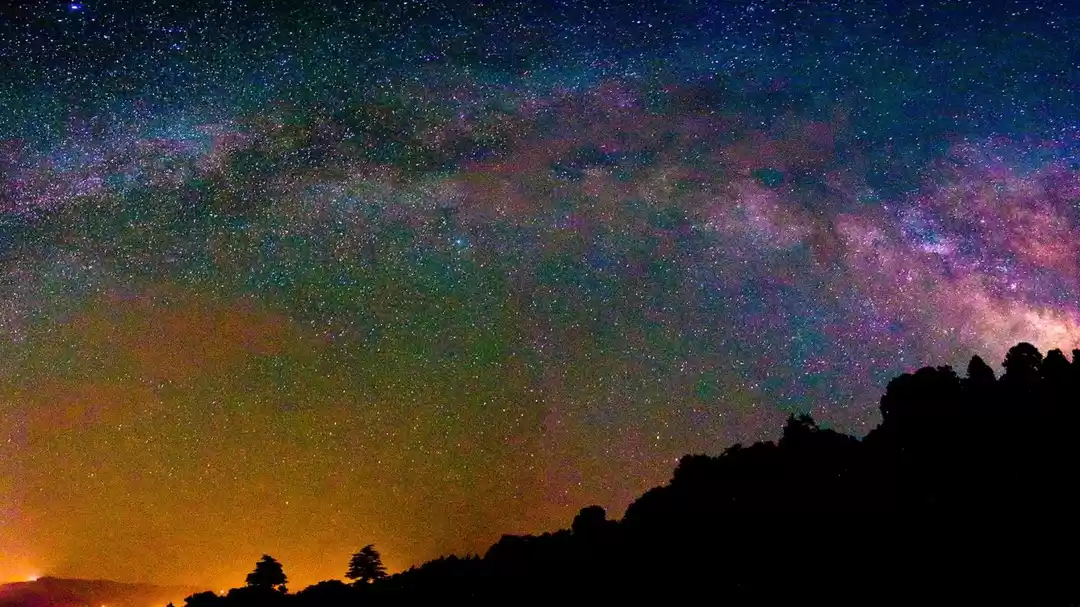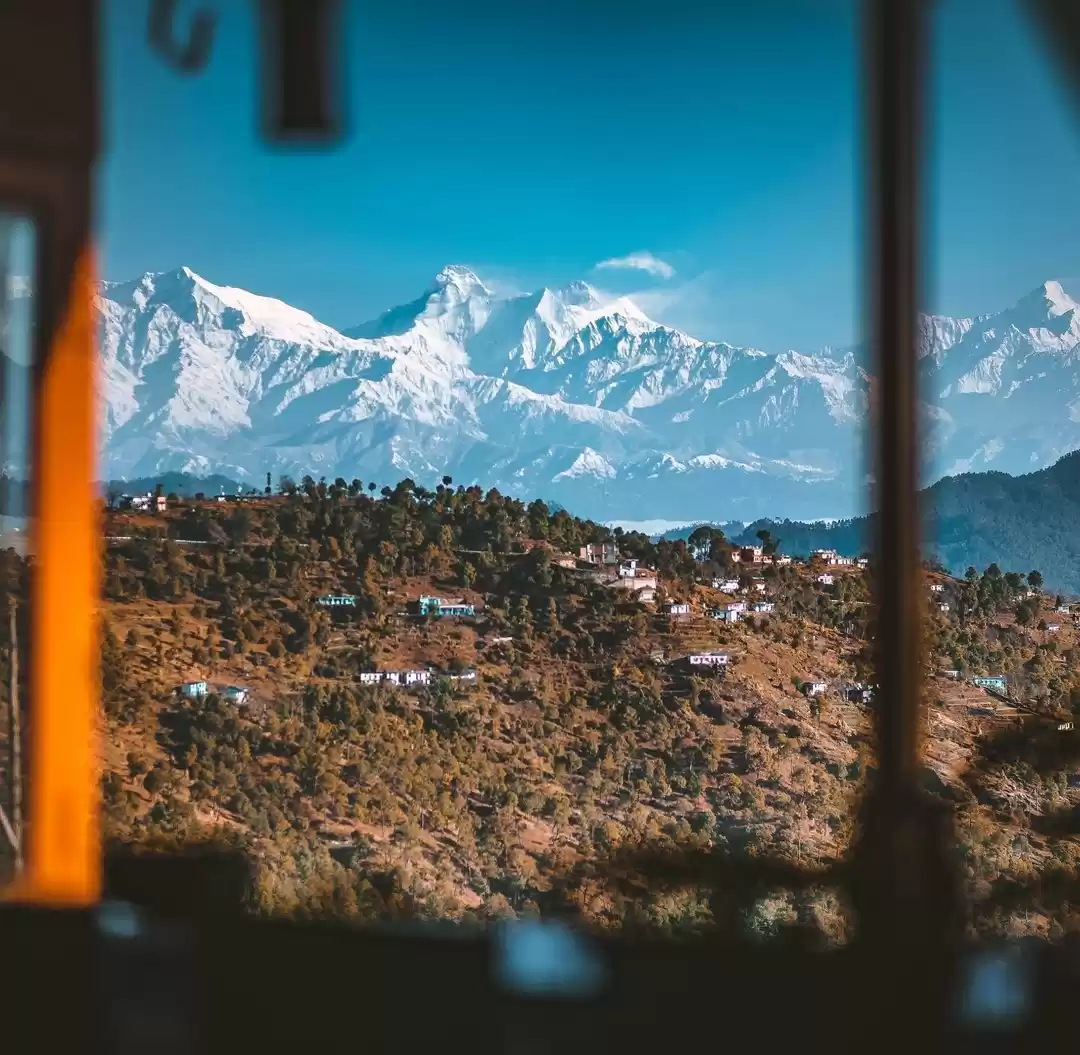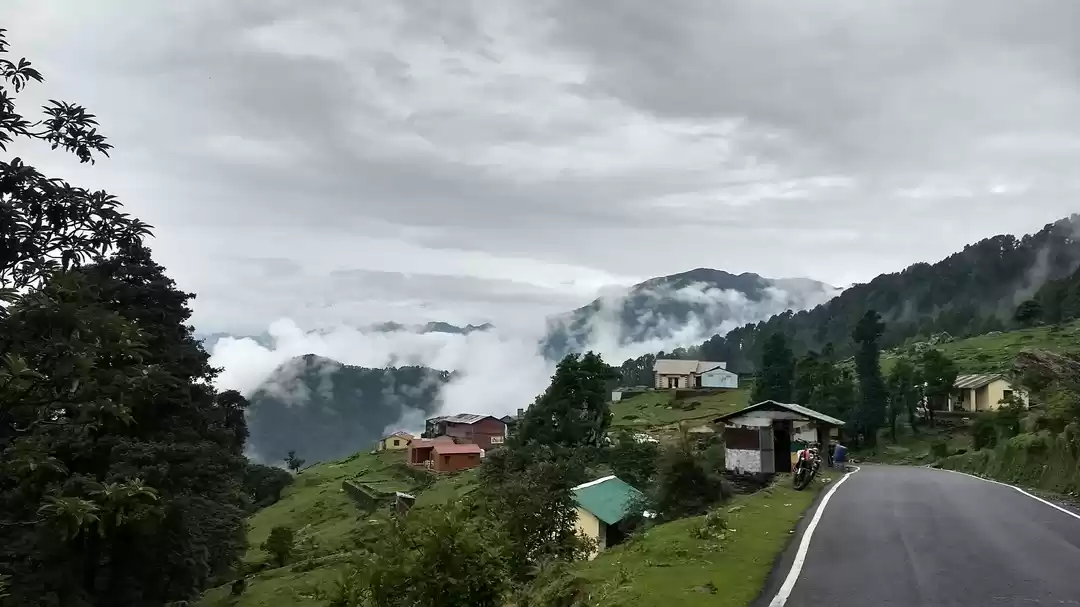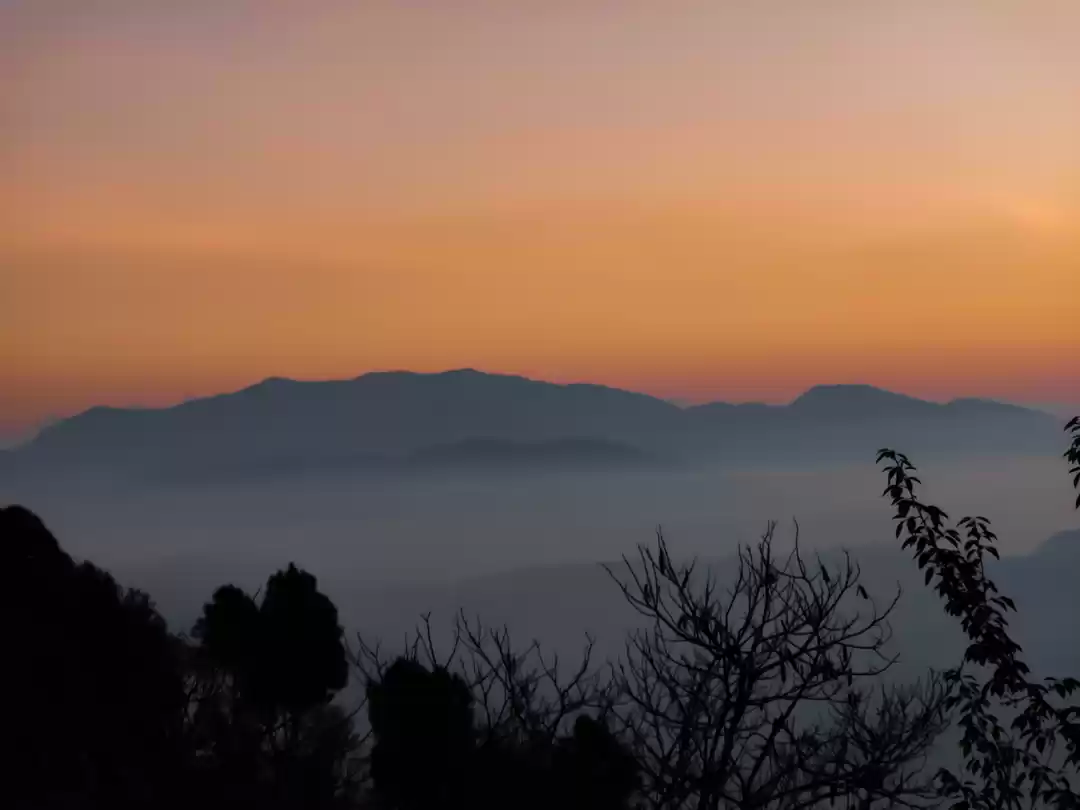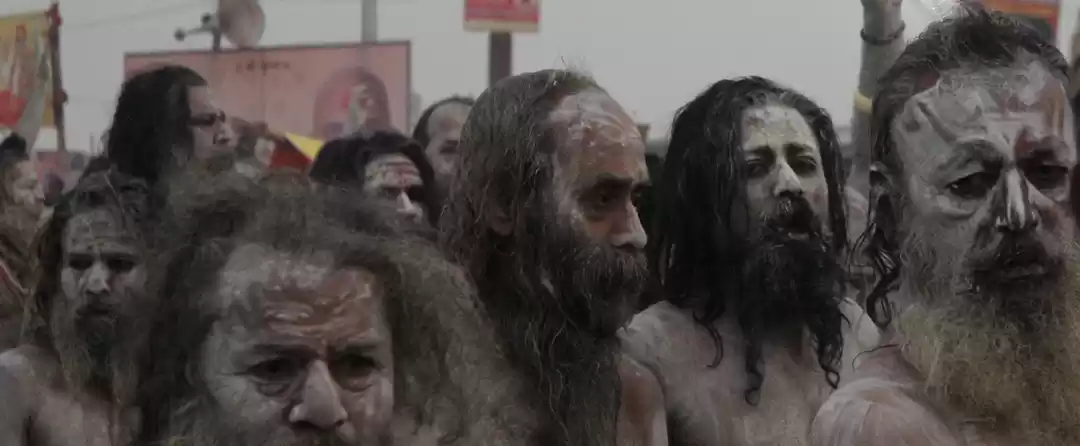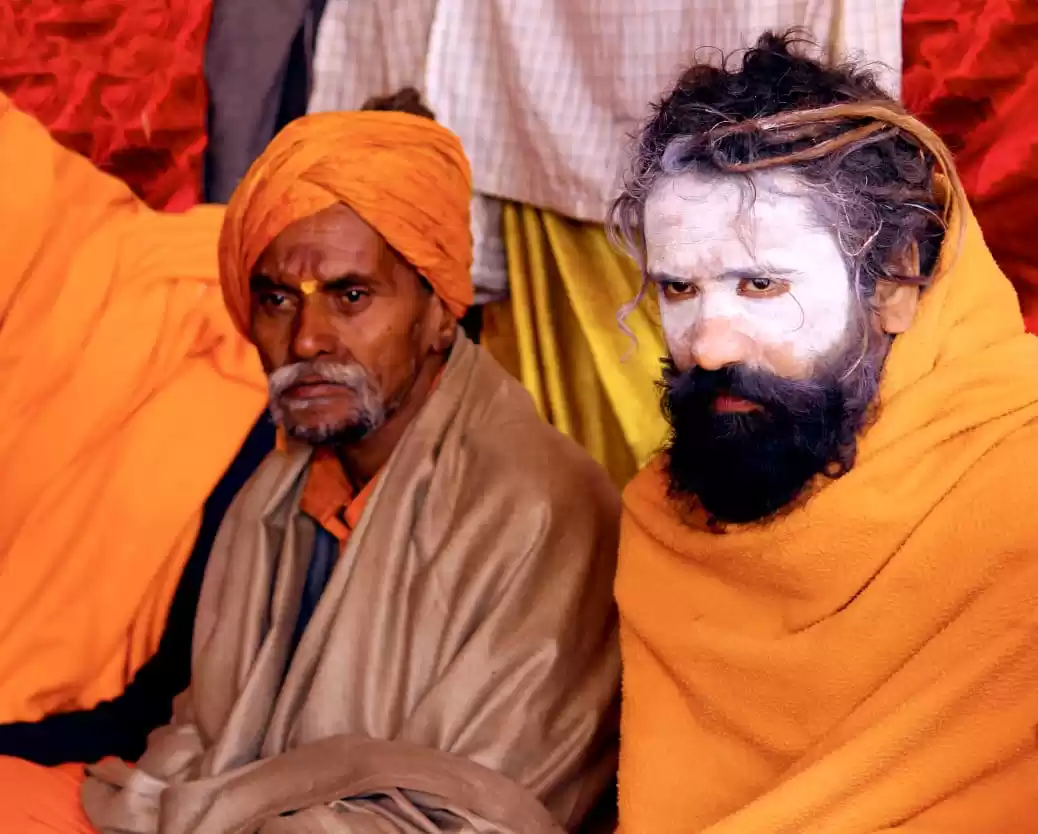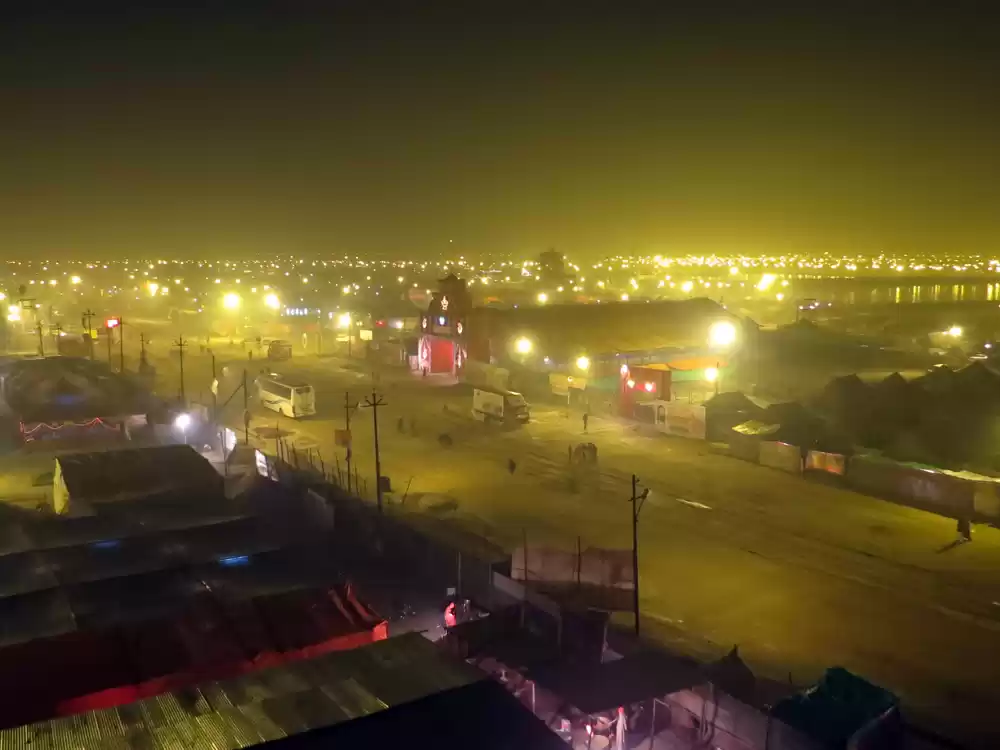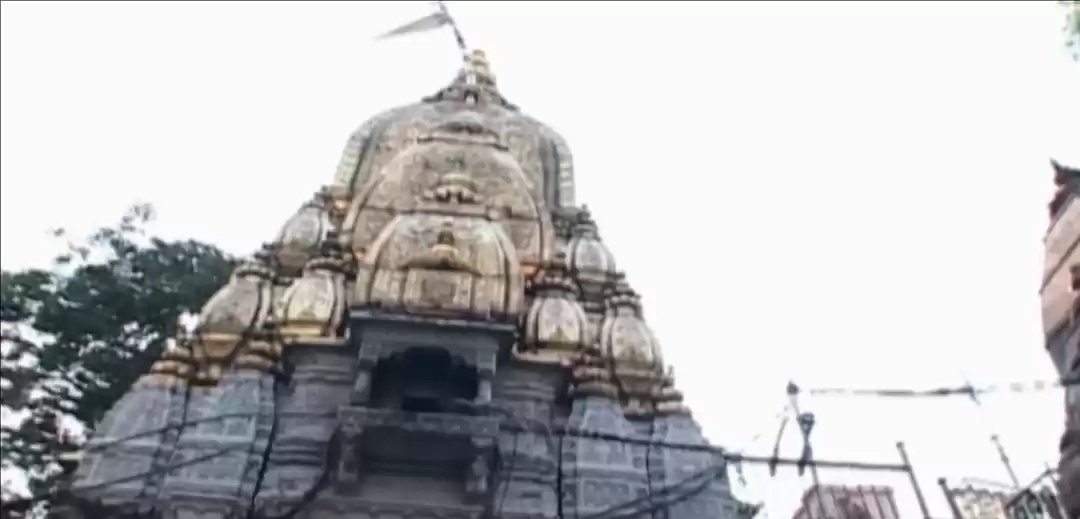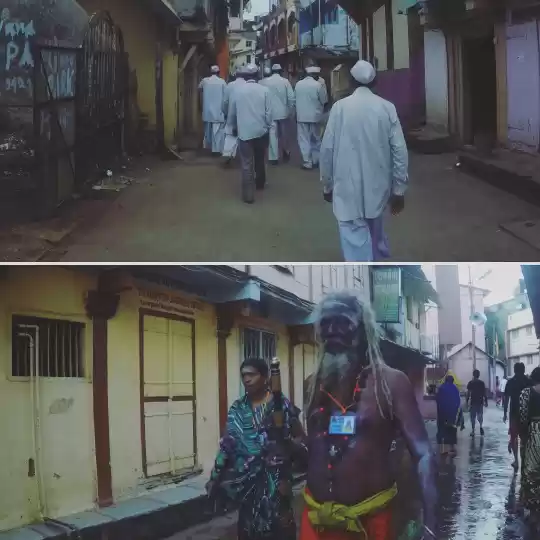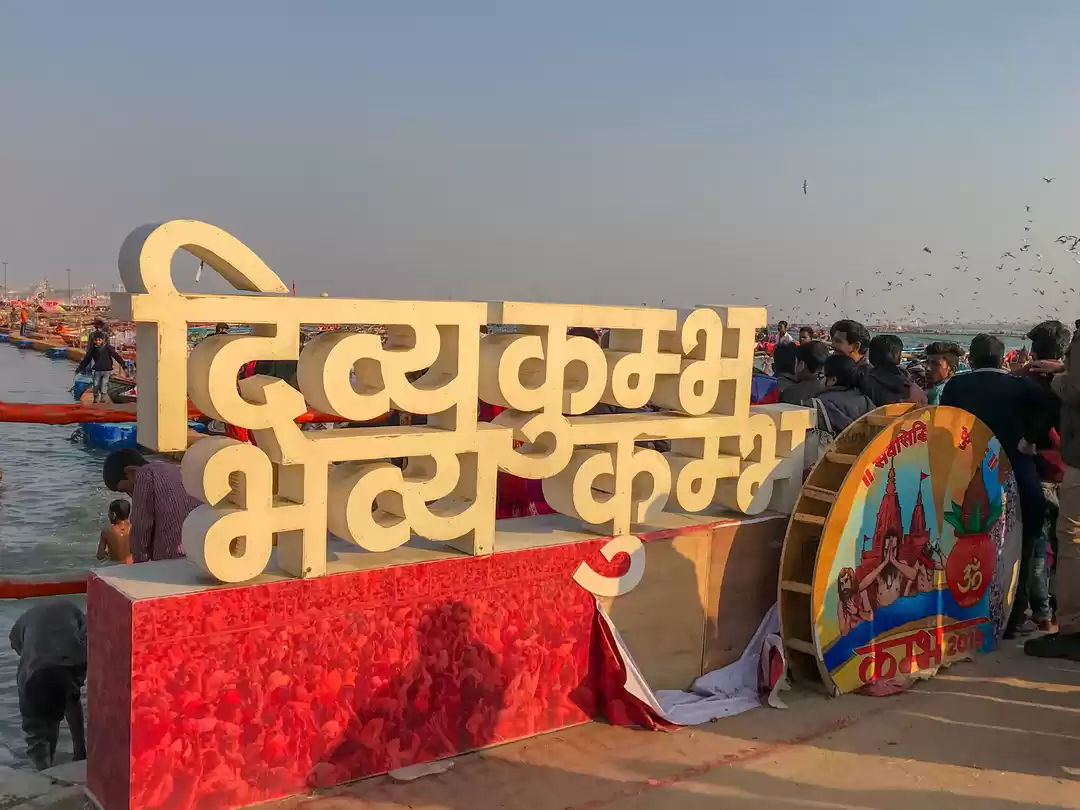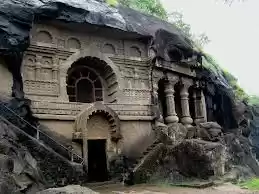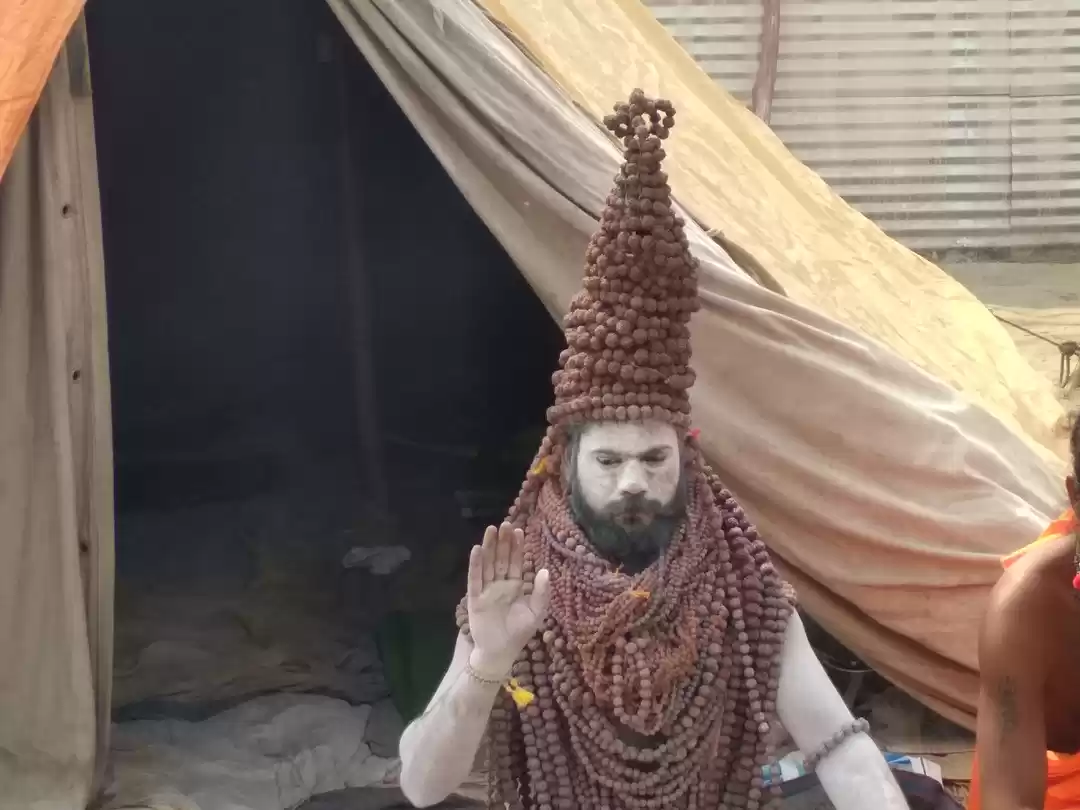
Naga Sadhus known for its seers, performing extreme penances by pushing their bodies beyond the limit, and staying naked with ash smeared on them as part of their practices to achieve spiritual growth are always an attraction for common people visiting Kumbh.

Centuries old Tradition
The tradition of the Naga Sadhus is not new rather it is dated back to thousands of years. It traces its legacy from coins and images of Mohanjo-daro, where Naga Sadhus were depicted worshiping Lord Shiva in Pashupati Nath form.

It is also said that Alexandar and his soldiers also met Naga Sadhus during his stay in India. Buddha and Mahavira too were impressed by seeing the penance of Naga Sadhus and their devotion to people and motherland. References are also from Digambar (naked) sects whose evidences are found in several ancient Vedic texts.

Naga Sadhus are considered as the military forces of Hindus for safeguarding Hinduism and India's ancient culture from foreign invaders. The Nagas were first organized into military groups by Adi Shankaracharya in the 8th century for defending Sanatan Dharma, which is the base and entity of India.

Later on, Adi Shankaracharya set up the Dashnami Sanyasi order which comprised of seven Akharas -Niranjani, Juna, Mahanirvani, Atal, Agni, Anand, and Aahwahan. They were called akharas as their members used to carry arms and were ready to sacrifice their lives for the sake of their country and religion.
These Naga Sadhus mostly live in Himalayan Caves and they appear during the time of Kumbh Mela. They are always lashed with Trishul, sword, and other deadly weapons in their hands for Dharma.
Naga Sadhus are mostly half-clothed Saints with long jatas (dreadlocks) on their heads. They used to smear the ashes of dead bodies on their whole body.

They all are almost the followers of Lord Shiva, but they possess different unique styles of praying and meditating Lord Shiva. Some Naga Sadhus have Nagas or serpents on their neck like Lord Shiva, others used to prefer to live completely naked or someone prefer to wear only Langota like Hanuman.

The spear was adopted by them is the symbol of the akharas which is still worshiped by Naga sadhus before they take part in the ritual dip in the Ganga during the Kumbh Snan.

These Nagas took part in several battles as warriors of Hindu armies. When Aurangzeb's general Mirza Ali Turang attacked Kashi (Varanasi) in 1664, thousands of Nagas battled his army and helped safeguard the Kashi Vishwanath temple. When Aurangzeb's army attacked Haridwar in 1666, these Nagas again came forward to resist them.
How one become a Naga Sadhu
The process of becoming a Naga Sadhu is so unbearable, stiff, and difficult that for a materialistic person, becoming a Naga Sadhu is almost impossible.

Over the years, as the progress of their spiritual practice, the Nagas are elevated within their akharas to becoming a mahant, and thereafter Mahamandleshwar and finally Acharya Mahamandleshwar, which is the highest position in their hierarchy.

People ignorant of great Hindu bhakti and traditions simply make a mockery of this Hindu ethos and rituals without knowing that Sadhus who practice these high conscious tasks take penance to an impossible level, unimaginable for common people even if they take a hundred births in human form.
The process of Diksha (initiation) begins with an aspirant living a celibate (Brahmachari) life for several years and undergoing severe practices to concentrate his body and mind.
When he is ready to be initiated, a 'Panch Sanskar' ceremony is done in which five Gurus perform different rituals for him.

These include Pramukh Guru, cutting off his Shikha (hair), Bhagwa Guru giving him saffron clothes, and Rudraksha Guru offering him rudraksha beads. Vibhuti Guru applies ash on his body while Langot Guru, takes away from him the last cloth on his body.
A 'Viraja-Yajna Sanskar' is then conducted by the Acharya Mahamandaleshwar of the akhara. The aspirant has to perform his own Pind Daan and Shradh besides that of his ancestors from both the mother's and father's sides, a symbolic act implying they now left the world where he/she born and now they will not return. The last ritual called Naga-Diksha is conducted by his sixth guru under the akhara dhwaj (flag) after which he is declared a Naga.
Over the years, as the progress of their spiritual practice, the Nagas are elevating within their akharas. From becoming a Mahant and thereafter Mahamandleshwar and finally Acharya Mahamandleshwar, which is the highest position of the Akharas their hierarchy moves on.
Life Beyond Kumbh
After the great conglomeration at Sangam, Prayagraj or at other three Kumbh sites, they usually return to their respective Akharas. As the, Naga Sadhus prefer to live completely naked and their prayers are also different from the common people, so they prefer to live in a secluded place, called Akahara or practice the extreme austerities in Himalayas.
Across North India, one will come across various Akharas that act as monasteries and training ground for these Naga Sadhus, where one can witness them after Kumbh, but this access too are limited.
The sanyasi of all sects, from North Bharat to Godavari River are classified into 13 Sanghas. The 13 Sanghas means 13 Akhadas based on their beliefs and presiding god.
1. Maha-nirvani
2. Atal
3. Niranjani
4. Anand
5. Juna (Bhairav)
6. Avahan
7. Agni
8. Bada Udasin Panchayati
9. Naya Udasin
10. Vaishnav
11.Nagpanthi Gorakhanath
12.Nirmal
13. Nirmohi
The Naga Sadhus do such extreme austerities for not only getting special powers rather for escaping out from the cycle of 84 Lakhs different Yonis of death and rebirth also. They are highly energetic military of Hindus for safeguarding Hinduism, but they are never threat to any other people or faiths. They are the true devotee of Lord Shiva, with no fear of death and life.
But now a days people ignorant of great Hindu bhakti and traditions simply make a mockery of this Hindu ethos and rituals, without knowing that Sadhus who practice these high conscious tasks take penance to an impossible level, unimaginable for common people even if they take a hundred births in human form.

Disclaimer: Reproduction of any of the contents, including the photographs without prior consent/permission of the writer is strictly prohibited and a violation of the same will attract legal action.
Did you like the post?
Follow me on Facebook, Twitter & Instagram and stay updated and notified about the latest posts.
Happy Travelling !!





